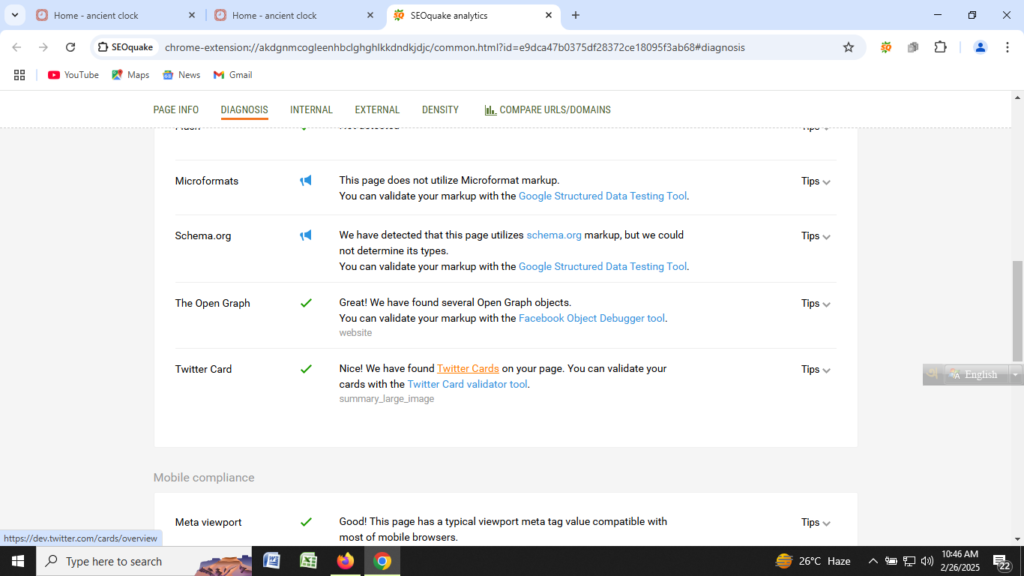Sure! Here’s a comprehensive 2000-word essay on the subject of Bangladesh—its history, culture, economy, geography, politics, and more.
Bangladesh: A Nation of Resilience and Promise

Introduction
Bangladesh, officially the People’s Republic of Bangladesh, is a South Asian country known for its rich cultural heritage, resilient population, and dynamic growth potential. Despite numerous challenges since its independence in 1971, has emerged as one of the fastest-growing economies in the world. Its landscape, shaped by rivers and fertile plains, tells a story of both hardship and abundance. This essay explores from multiple perspectives—history, geography, culture, politics, economy, society, and the challenges it faces on the path to development.

Geographical Landscape
Bangladesh is located in the northeastern part of the Indian subcontinent, bordered by India on the west, north, and east; Myanmar on the southeast; and the Bay of Bengal on the south. The country covers an area of approximately 147,570 square kilometers, making it one of the most densely populated nations in the world.
The geography of Bangladesh is dominated by the Ganges-Brahmaputra-Meghna (GBM) river system. These rivers create vast floodplains and fertile delta regions that support agriculture. However, the same rivers also contribute to seasonal flooding, river erosion, and other natural disasters.
The climate of Bangladesh is subtropical, with three main seasons: summer, monsoon, and winter. The monsoon season brings heavy rains that often cause floods but also support agricultural productivity.
Historical Background
The history of Bangladesh is deeply intertwined with the history of the Indian subcontinent. It was part of various ancient and medieval kingdoms, including the Maurya, Gupta, Pala, and Sena empires. The region was later influenced by Islamic rule through the Delhi Sultanate and the Mughal Empire.
In the modern era, the area came under British colonial rule as part of British India. The partition of British India in 1947 led to the creation of Pakistan, and present-day Bangladesh became known as East Pakistan. Despite sharing a religion with West Pakistan (present-day Pakistan), East Pakistan was culturally, linguistically, and economically distinct.
Discontent over economic disparity, political marginalization, and linguistic oppression—especially the imposition of Urdu over Bengali—sparked the Language Movement of 1952, a foundational moment in Bangladesh’s identity.
The growing tension led to the Bangladesh Liberation War in 1971, resulting in the independence of Bangladesh from Pakistan after a nine-month war and immense loss of life. On December 16, 1971, Bangladesh was officially born.

Culture and Heritage
Bangladesh has a rich cultural heritage that blends indigenous traditions with influences from Hindu, Buddhist, and Islamic civilizations. Bengali is the official language and a powerful symbol of national identity.
The country is renowned for its literary tradition, with Nobel laureate Rabindranath Tagore, who composed the national anthems of both India and Bangladesh, being a prominent figure. Other literary icons include Kazi Nazrul Islam, the national poet of Bangladesh.
Festivals like Pohela Boishakh (Bengali New Year), Eid-ul-Fitr, Durga Puja, and Buddha Purnima reflect the religious and cultural diversity of the population.
Folk music and dance, traditional handicrafts (like nakshi kantha), and local cuisines—especially rice, lentils, and fish—form essential elements of the Bangladeshi lifestyle.
Politics and Governance
Bangladesh is a parliamentary democracy. The President is the ceremonial head of state, while the Prime Minister holds executive power. The Jatiya Sangsad (National Parliament) is a unicameral legislature.
The political landscape is largely dominated by two major parties: the Awami League (AL) and the Bangladesh Nationalist Party (BNP). Political rivalry between these two parties has often led to instability, hartals (strikes), and street protests.
Despite democratic elections, concerns over electoral fairness, freedom of speech, and the role of the military in politics have periodically emerged.
Economic Growth and Development
In recent decades, Bangladesh has witnessed impressive economic growth, transforming from a low-income to a lower-middle-income country as classified by the World Bank.
The ready-made garment (RMG) industry is the backbone of the economy, employing millions of workers and contributing significantly to export earnings. Other key sectors include agriculture, remittances from overseas workers, telecommunications, and information technology.
The country has also made strides in digital development, branding itself as “Digital Bangladesh” with investments in ICT infrastructure and education.
Poverty has declined substantially, and human development indicators such as life expectancy, literacy, and maternal health have improved significantly.
Social Structure and Education
Bangladesh has a young population, with a median age of around 27 years. Education has expanded across urban and rural areas, with government initiatives to provide free primary education and stipends for girls.
However, challenges persist, including school dropout rates, quality of education, and access to higher education in rural areas.
Social structures are influenced by traditions, religion, and class divisions, although rapid urbanization and economic development are reshaping societal norms.
Gender inequality remains an issue, but Bangladesh has made notable progress in women’s empowerment. Women have taken leadership roles in politics, business, and civil society, with microcredit programs like Grameen Bank playing a pivotal role in economic inclusion.
Health and Public Services
Bangladesh has improved significantly in healthcare over the last few decades. Community clinics, immunization campaigns, and maternal health programs have enhanced healthcare accessibility.
Life expectancy has risen, and infant mortality has declined. However, the healthcare system still struggles with underfunding, shortages of trained personnel, and urban-rural disparities.
During the COVID-19 pandemic, Bangladesh demonstrated considerable resilience through mass vaccination drives and public health awareness campaigns, though it also exposed weaknesses in the healthcare infrastructure.
Environment and Climate Change
As one of the most climate-vulnerable countries in the world, Bangladesh faces severe environmental challenges. Rising sea levels, cyclones, river erosion, and floods pose constant threats.
The government and NGOs have worked on disaster preparedness, embankments, and climate resilience programs. Nonetheless, millions remain at risk of displacement and loss of livelihood due to climate-induced disasters.
Bangladesh is also actively participating in global climate talks, advocating for the rights of vulnerable nations and seeking climate justice.
Urbanization and Infrastructure
Rapid urbanization is transforming cities like Dhaka and Chattogram. However, this growth is accompanied by traffic congestion, unplanned construction, pollution, and lack of public services.
Infrastructure development is a national priority. Major projects include the Padma Bridge, Dhaka Metro Rail, and economic zones to attract investment and boost connectivity.
Rural areas are also experiencing infrastructural improvements through roads, electrification, and digital access.
Foreign Policy and Global Relations
Bangladesh pursues a foreign policy based on “Friendship to all, malice toward none.” It maintains strong ties with neighbors, particularly India and China, while also engaging with international bodies like the United Nations, SAARC, OIC, and ASEAN.
The country plays a proactive role in UN peacekeeping missions and is a vocal advocate for the rights of refugees and displaced persons, as seen in its response to the Rohingya refugee crisis.
Challenges and Opportunities
Despite its progress, Bangladesh faces significant challenges:
- Political polarization and democratic backsliding
- Corruption and bureaucratic inefficiencies
- Climate vulnerability and natural disasters
- Youth unemployment
- Urban-rural divide in services and opportunities
However, opportunities abound:
- A large, young labor force
- Booming IT and tech sector
- Export diversification
- Strategic geographical location for trade
- Strong diaspora contributing through remittances
Conclusion
Bangladesh stands as a testament to human resilience. From the ashes of war and poverty, it has grown into a rising economic and social force in South Asia. Its journey is far from over, but the trajectory is hopeful. With inclusive governance, climate resilience, and investment in human capital, Bangladesh has the potential to transform itself into a prosperous, equitable, and sustainable nation.
Would you like this as a downloadable document (PDF/Word)? Or want me to expand any section further?